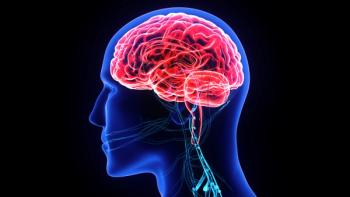
The literature review examined randomized controlled trials for craniosacral therapy (CST) in patients with migraine and other conditions that cause pain.

The literature review examined randomized controlled trials for craniosacral therapy (CST) in patients with migraine and other conditions that cause pain.

Researchers determined that new diagnostic criteria in the International Classification of Headache Disorders, 3rd edition (ICHD-3) are significantly more specific than that included in ICHD-3 beta when it comes to diagnosing migraine with aura and with typical aura, according to a study published in The Journal of Headache and Pain.

Individuals’ susceptibility to genetic and epigenetic factors may be responsible for the transformation of episodic migraine to chronic migraine in some patients, according to a new review published in The Journal of Headache and Pain.

A systematic review and meta-analysis of data collected from observational cohort studies reveals several clinical and sociodemographic factors are predictors of chronic migraine.

In a study published December 26 in the Journal of Clinical Medicine, researchers tested the effects of cathodal transcranial direct current stimulation in the occipital cortex of 42 patients with episodic migraine.

Coverage of our peer-reviewed research and news reporting in the healthcare and mainstream press.
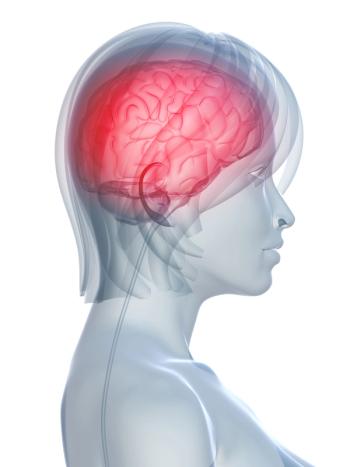
In a recently published study in The Journal of Headache and Pain, Italian researchers compiled data on 548 patients suffering from chronic and episodic migraines enrolled in a tertiary level headache center to determine overall costs incurred.

In a narrative review published in Frontiers in Neurology, researchers compiled evidence from various studies on the relationship between caffeine and migraines. From the data collected, researchers concluded that the relationship between them remains vague.
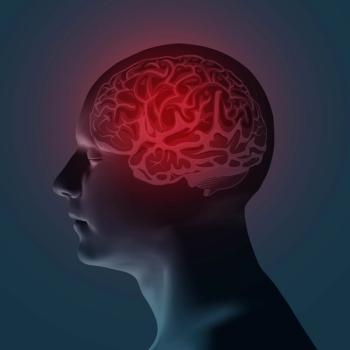
On behalf of the Hellenic Headache Society, a group of Greek researchers reported a consensus on the diagnosis and treatment of adult migraines in The Journal of Headache and Pain on December 13.

Sleep fragmentation, which is defined by low sleep efficiency, was linked with higher odds of migraine onset on day 1, according to study findings published this week.
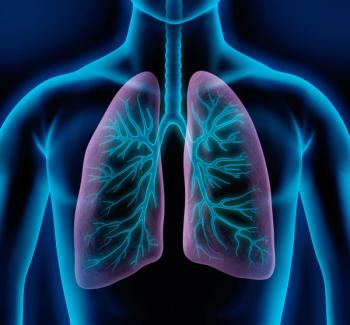
Migraines increase the risk of asthma, and asthma is also associated with an elevated risk of migraine, according to new research.

Two migraine prevention agents, cinnarizine and sodium valproate, were shown to be safe and effective in reducing incidence and severity of migraine within children and adolescents, according to study findings. Safety findings must be weighed alongside warnings from European regulators about the risks of valproate for girls and adolescent women who could bear children in the future.

The epigenetic diet is often recommended for patient with migraine; however, the diet does not necessarily affect the epigenetic profile, suggesting the need for more research investigating the combined effect of folate and valproic acid in migraine in order to determine dietary recommendations.

The studies did not disclose whether acupuncture was utilized to ease acute attacks or the overall condition, calling into question the significance of collected data.

Aspirin, in high doses from 900 to 1300 mg, was shown to be an effective and safe treatment option for acute migraine headaches, with further research showing its potential efficacy in preventing recurrent migraine headaches through lower doses of 81 to 325 mg, according to findings of a review.
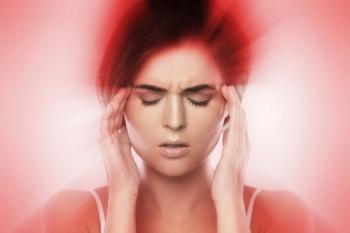
A recent case study of a patient with a history of migraine with visual aura revealed a pathophysiological link between stroke and migraine, demonstrating the need for additional research that links migrainous infarction (MI) and stroke-related migraine.

Inhaled cannabis was shown to reduce self-reported headache and migraine severity by nearly 50%, according to study findings.

The link between prolonged opioid treatment and an increased frequency, severity of migraines has been attributed to the discovery of a peptide confirmed in mice that distinguishes the relationship of migraine pain and opioid-induced hyperalgesia (OIH), according to study findings.
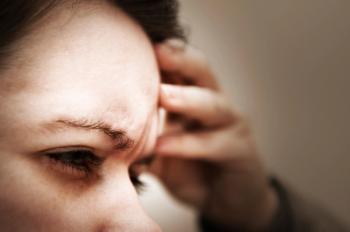
A longitudinal assessment of the cost-effectiveness of erenumab as a treatment for migraine exhibited higher patient utility when compared with placebo, according to study findings published this week.

A study investigating the cardiovascular responses to nitroglycerin in migraine found that migraineurs who developed a migraine-like attack in response to nitroglycerin demonstrated greater systemic cardiovascular responses compared with non-headache controls.

An interim analysis of migraine drug erenumab showed that it continued to be safe and well-tolerated, with an adverse event profile consistent with those found in shorter-term placebo-controlled studies.

Coverage of our peer-reviewed research and news reporting in the healthcare and mainstream press.

Patients with prior preventive treatment failures for migraine were shown to benefit more from a higher dose of erenumab (140 mg) versus a lower dose (70 mg), according to study findings.

Intranasal lidocaine may be a useful option for patients with an acute migraine, according to a study which showed the drug had a high success rate, low pain intensity, infrequent need for rescue medicine, and tolerable adverse events.

Panelists YuQian Liu, PharmD, and Carly Rodriguez, PharmD, FAMCP, discussed migraine treatment advances, available real-world evidence, and migraine management strategies with moderator Charles Collins, MS, MBA, at AMCP Nexus 2019 in National Harbor, Maryland.

259 Prospect Plains Rd, Bldg H
Cranbury, NJ 08512
© 2025 MJH Life Sciences®
All rights reserved.
